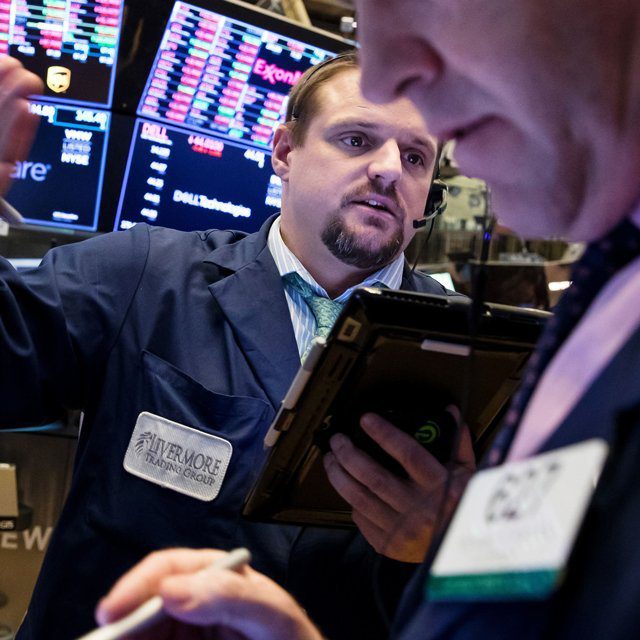Ugly Selloff Pushes Stocks Down Most Since 2020

A broad-based selloff sent equities to their worst day in more than two years after hotter-than-expected inflation data fueled bets on a jumbo hike by the Federal Reserve next week. Treasury yields surged and the dollar gained.
Across-the-board selling sent the S&P 500 down more than 4%, while the tech-heavy Nasdaq 100 losses surpassed 5% as yield-sensitive stocks took the biggest hit. Both benchmarks are poised for their worst one-day routs since 2020. Swaps traders are now fully pricing in a rate increase of three-quarters of a percentage point, with wagers rising for a similar move in November and policy rates ultimately reaching around 4.3% early in 2023.
The two-year Treasury yield, the most sensitive to policy changes, jumped as much as 22 basis points, pushing it more than 30 basis points above the 10-year rate and deepening an inversion in what is generally a recession warning.
The consumer price index increased 0.1% from July, after no change in the prior month, Labor Department data showed Tuesday. From a year earlier, prices climbed 8.3%, a slight deceleration but still more than the median estimate of 8.1%. So-called core CPI, which strips out the more volatile food and energy components, also topped forecasts.
“Overall, today was a surprising day against the trend of what had appeared to be some moderation across most indicators of growth and pricing pressure, so the Fed’s job is clearly not finished,” Rick Rieder, the chief investment officer of global fixed income at BlackRock Inc., the world’s biggest asset manager, wrote. “We think the Fed will pause the rate hiking cycle potentially at year-end, but maybe now the central bank will have to wait a bit longer to do that after having reached a restrictive policy stance.”




